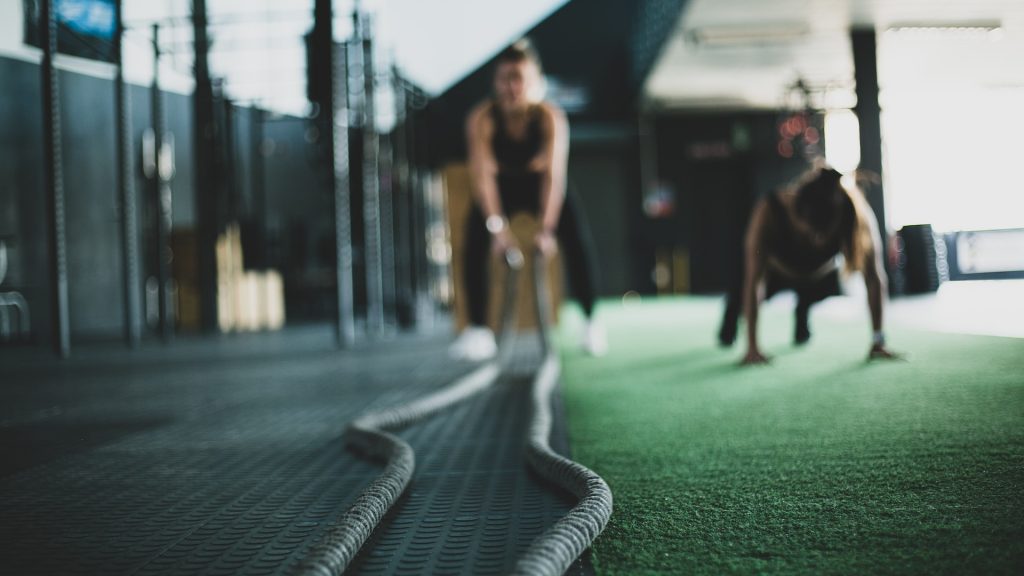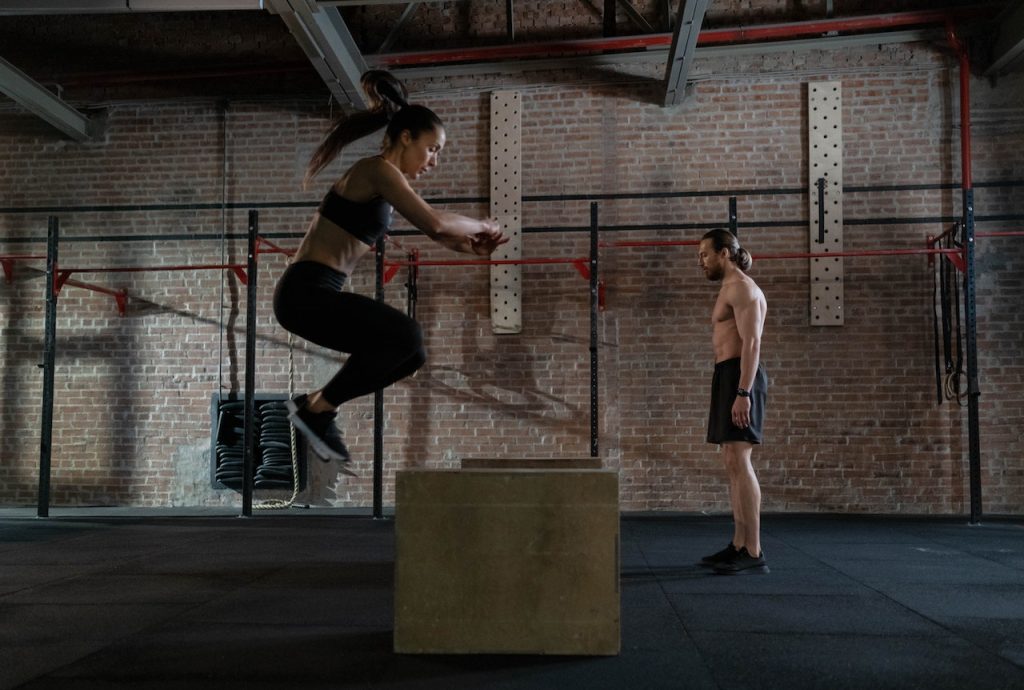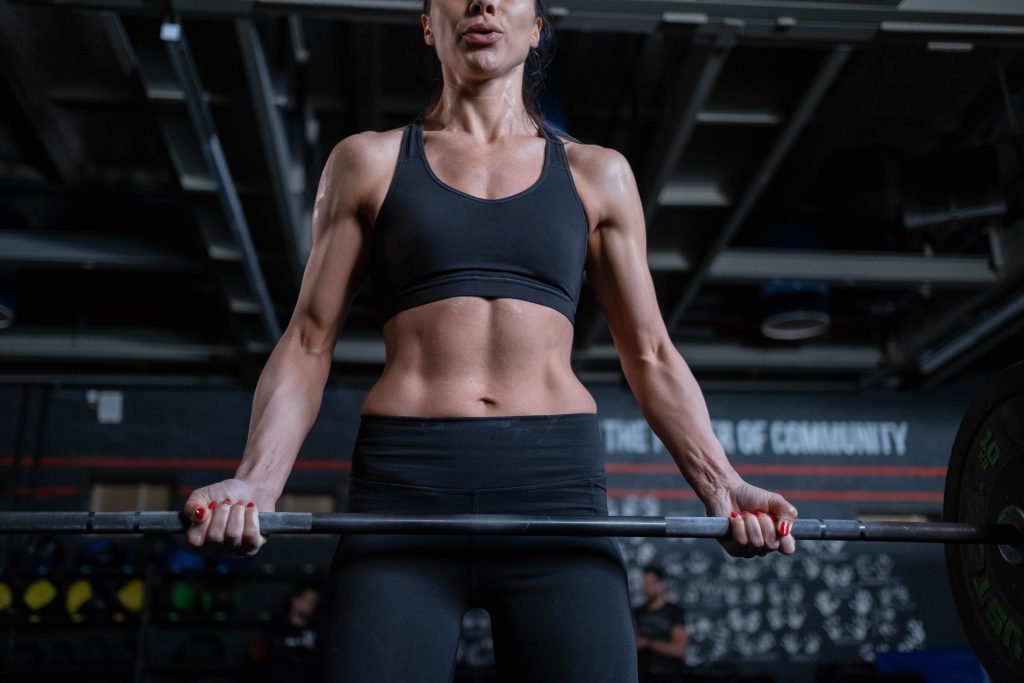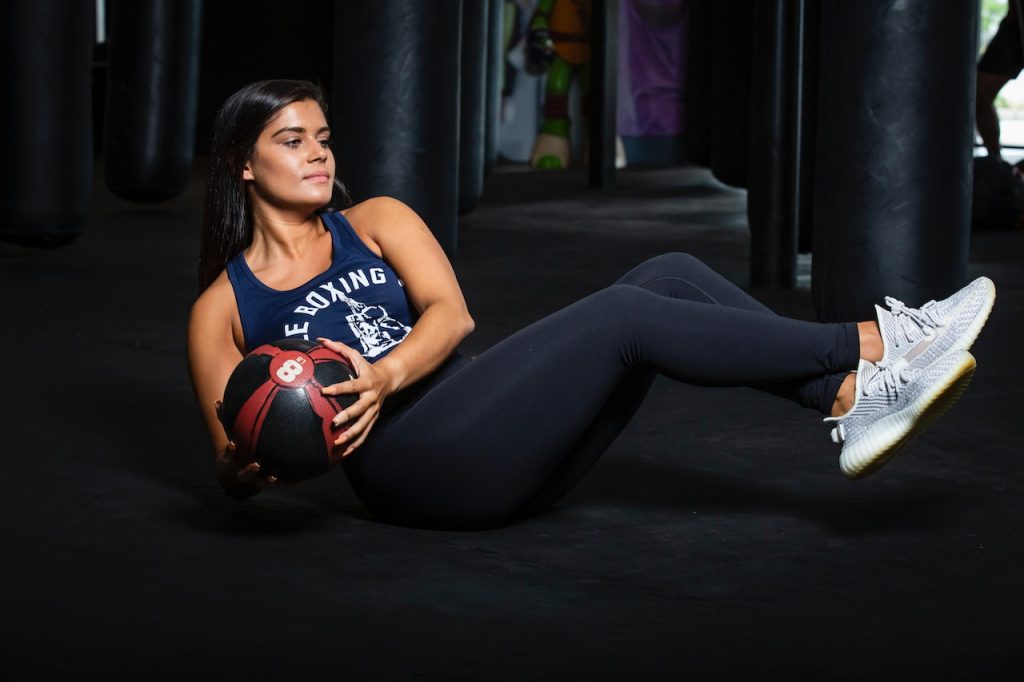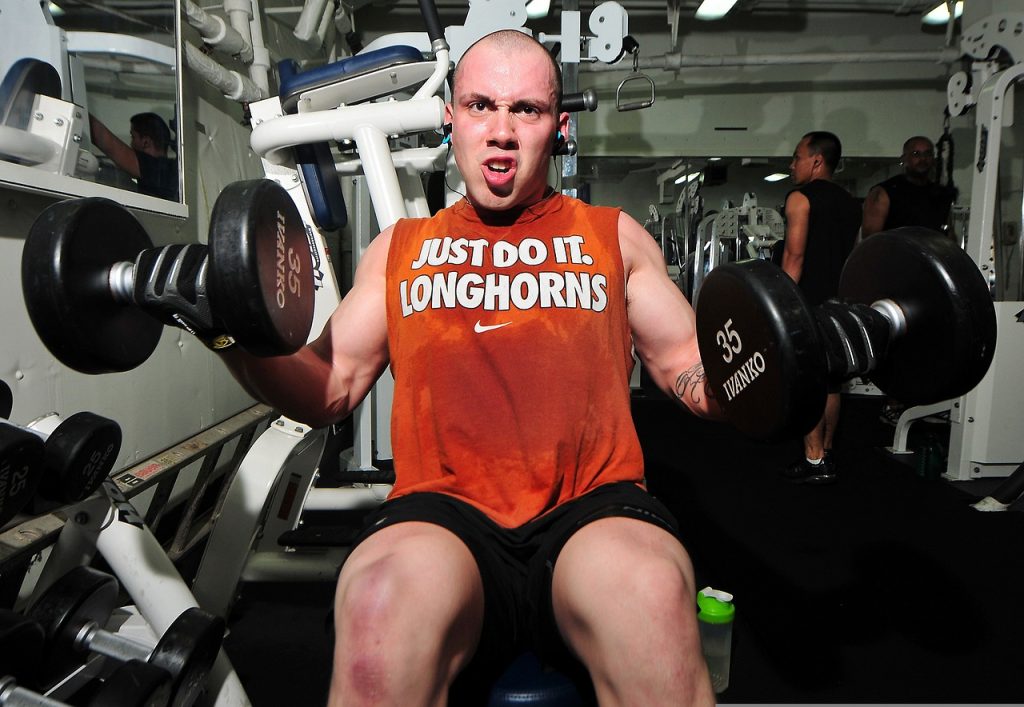Welcome to the dynamic world of Push-Pull-Legs (PPL) training. In an era brimming with fitness regimens and trendy workout routines, PPL stands tall as a robust, balanced, and versatile training program. With a spotlight on muscle groups and the notion of movement patterns, PPL makes the dream of strength gain, muscle growth, and fitness enhancement a pulsating reality. Are you ready to dive into the universe of PPL and learn how it can revolutionize your fitness journey? Let’s break a sweat! Deciphering the Push-Pull-Legs (PPL) Training The PPL training methodology is as simple as it sounds: Push movements, Pull movements, and Legs. It’s like a well-choreographed dance routine for your muscles, each taking turns in the spotlight, creating a symphony of strength and growth. In Push workouts, you train all the pushing muscles together, mainly your chest, triceps, and shoulders. During the Pull workouts, your focus shifts to the muscles responsible for pulling movements, including the back muscles and biceps. Lastly, the Legs day is dedicated to the entire lower body, including your quads, hamstrings, calves, and glutes. The Science Behind PPL Now, you might ask, why such a structure? Does PPL have a scientific backbone? The answer is a resounding yes. PPL training is based on the concept of training complementary muscle groups together, while also allowing adequate recovery time. Working complementary muscle groups together facilitates a more effective workout. While pushing exercises work your chest, shoulders, and triceps, pulling exercises work your back and biceps. This split means your muscles get an optimal balance of work and rest. By dividing your workouts this way, you’re also promoting more comprehensive muscle recovery, reducing the risk of overtraining, and setting the stage for muscle growth and strength gains. A Starter Guide to PPL Ready to take the plunge? Here’s a simple roadmap to start your PPL journey. 1. Identify Your Training Days: One of the first steps to starting PPL is determining how many days a week you plan to train. A common approach is to train six days a week, cycling through two rounds of push, pull, and leg workouts. 2. Create Your Workout Routine: For each workout day, plan exercises that focus on the specific muscle groups targeted. 3. Focus on Compound Movements: For each muscle group, prioritize compound movements—exercises that work multiple muscles at once. These exercises should be the bread and butter of your PPL program. 4. Incorporate Progressive Overload: Just as Rome wasn’t built in a day, strength and muscle growth are achieved over time. To see continuous progress, incorporate the principle of progressive overload—gradually increasing the intensity of your workouts. Key PPL Exercises Alright, let’s roll up our sleeves and look at some foundational exercises for each part of the PPL program: Push Day: Bench Press Overhead Press Tricep Dips Pull Day: Deadlifts Pull-Ups Barbell Rows Leg Day: Squats Lunges Calf Raises These exercises form the backbone of your PPL training, but feel free to incorporate variations and additional movements as per your individual needs and goals. Pairing Nutrition with PPL The words of Hippocrates, “Let food be thy medicine and medicine be thy food,” rings true even in the realm of fitness. Aligning your nutrition with your PPL training can dramatically enhance your results. A balanced diet, packed with protein, carbohydrates, and healthy fats, will fuel your workouts and support muscle recovery. Proper nutrition is the engine that drives the success of any fitness program, including PPL. It’s about fuelling your workouts, supporting recovery, and ensuring your body gets the vital nutrients it needs to grow and strengthen muscles. Your eating habits can make or break your fitness goals. But how can you pair nutrition with your PPL program to maximize your results? Let’s delve into this. 1. Eat Enough Protein: To repair the wear and tear of muscles during workouts, your body needs ample protein. This macronutrient helps rebuild muscle fibers and supports the muscle growth process. Aim for at least 1 gram of protein per pound of your body weight. High-quality protein sources include lean meats, eggs, dairy products, legumes, and plant-based proteins like tofu and tempeh. 2. Don’t Neglect Carbohydrates: Carbs are your body’s primary energy source. They fuel your workouts, particularly intense weightlifting sessions characteristic of PPL training. Incorporate complex carbs such as whole grains, fruits, and vegetables into your meals to keep your energy levels stable. 3. Fats Are Not the Enemy: While the word ‘fat’ often raises eyebrows in fitness circles, healthy fats are crucial for hormone regulation, including those hormones involved in muscle growth. Avocados, nuts, seeds, and oily fish are excellent sources of healthy fats. 4. Pre-Workout and Post-Workout Nutrition: Timing is crucial in sports nutrition. Eating a balanced meal or snack before your workout can provide the energy you need to push through. Post-workout meals, on the other hand, should be rich in protein and carbs to support muscle recovery and replenish glycogen stores. 5. Hydration: Stay hydrated before, during, and after your workouts. Hydration aids in digestion, nutrient absorption, and maintaining optimal body temperature during workouts. 6. Supplements: Supplements can be a valuable addition to your diet, filling in any nutritional gaps. Protein powders, branched-chain amino acids (BCAAs), creatine, and multivitamins are commonly used. However, remember that supplements are to complement your diet, not replace whole foods. 7. Listen to Your Body: Finally, listen to your body. Each person’s nutritional requirements and responses are unique. What works for someone else might not work for you. Experiment, tweak, and adjust until you find what best suits your body, your goals, and your PPL program. Remember, nutrition is not about strict limitations or depriving yourself. It’s about fueling your body with the right nutrients at the right time to support your PPL training, recover effectively, and grow stronger. The saying “You are what you eat” holds incredibly true in your fitness journey. So, eat wisely, because your body deserves the best! Benefits and Potential Downsides of PPL Like the two sides of a coin,



